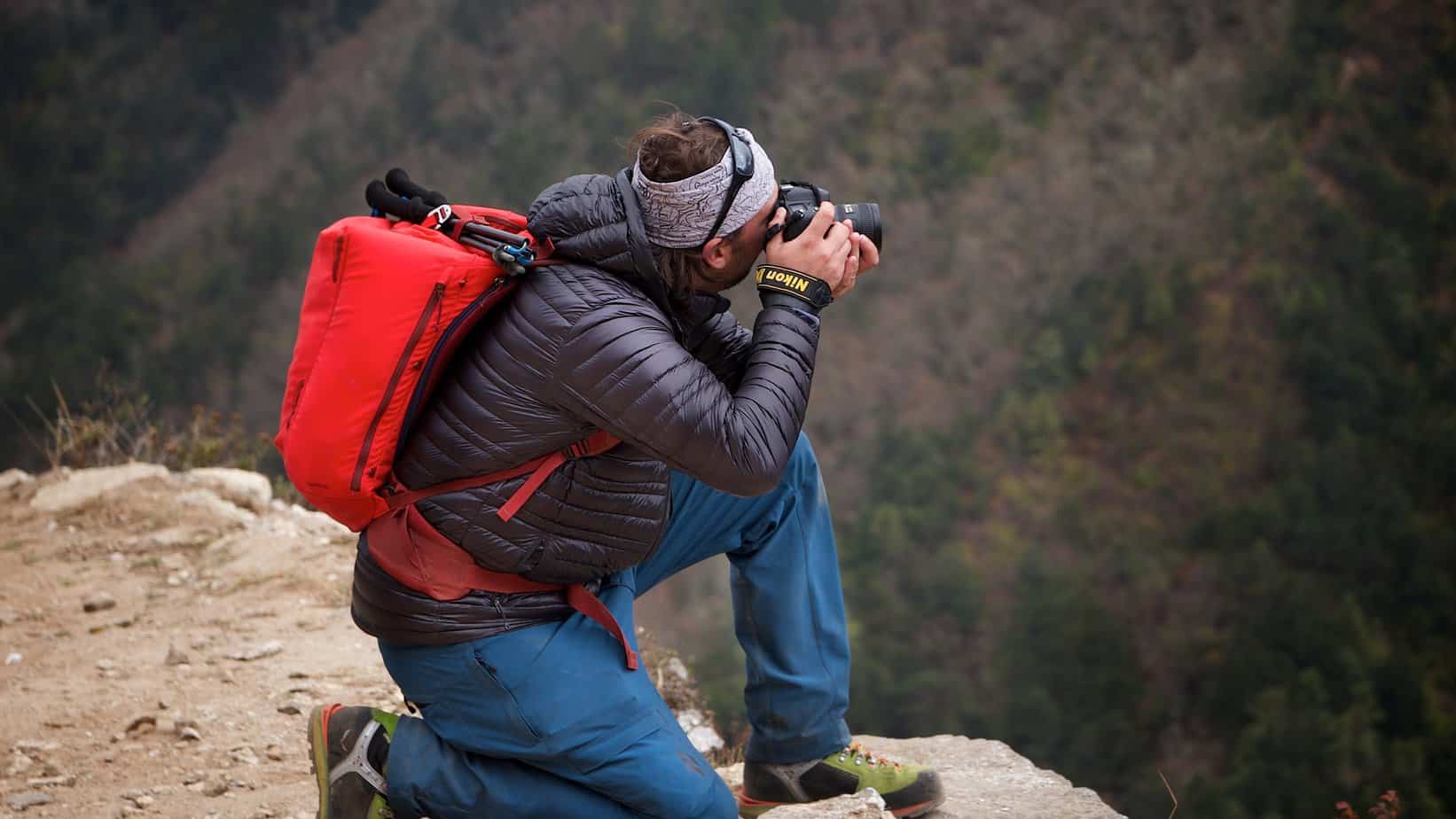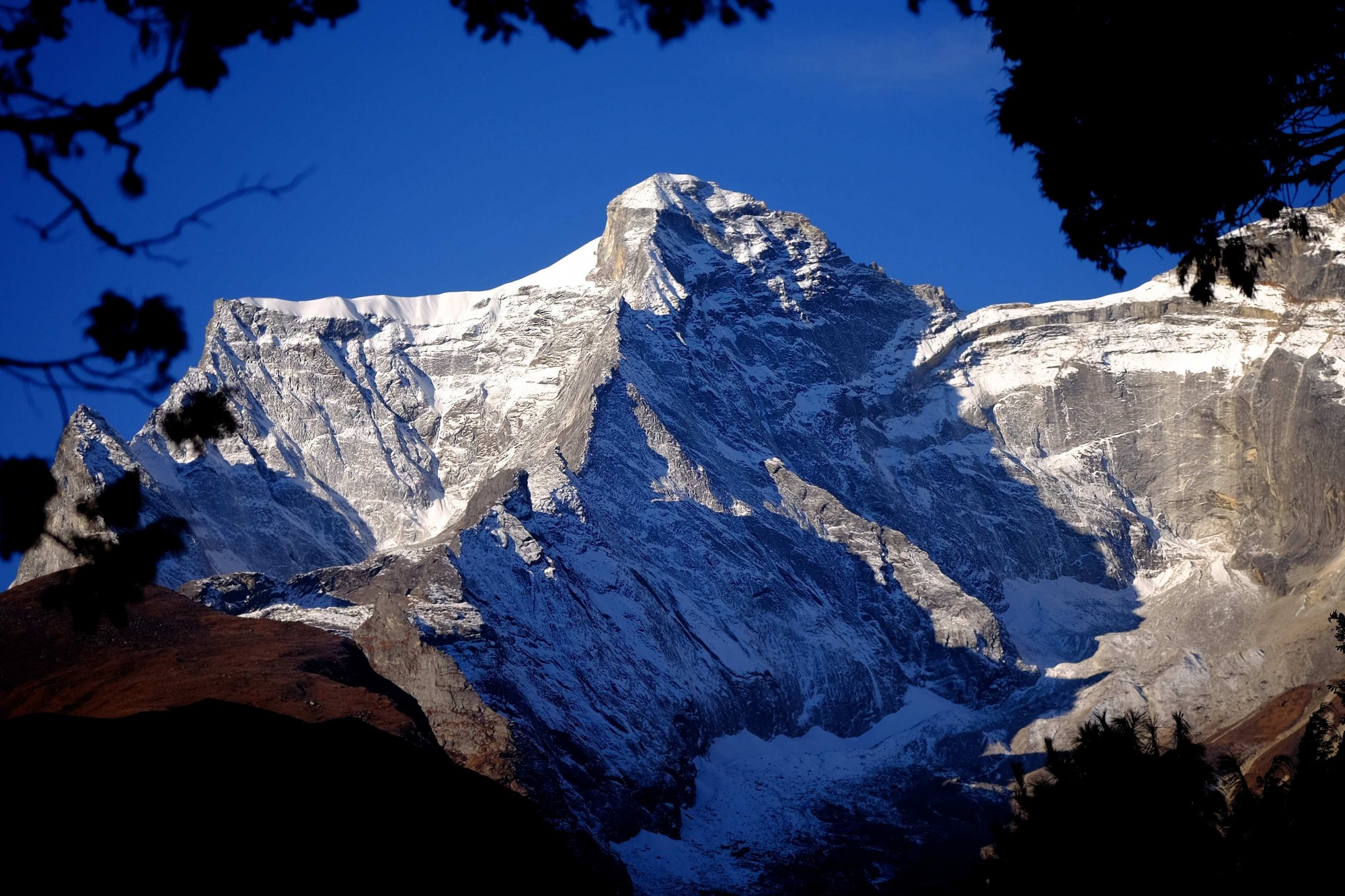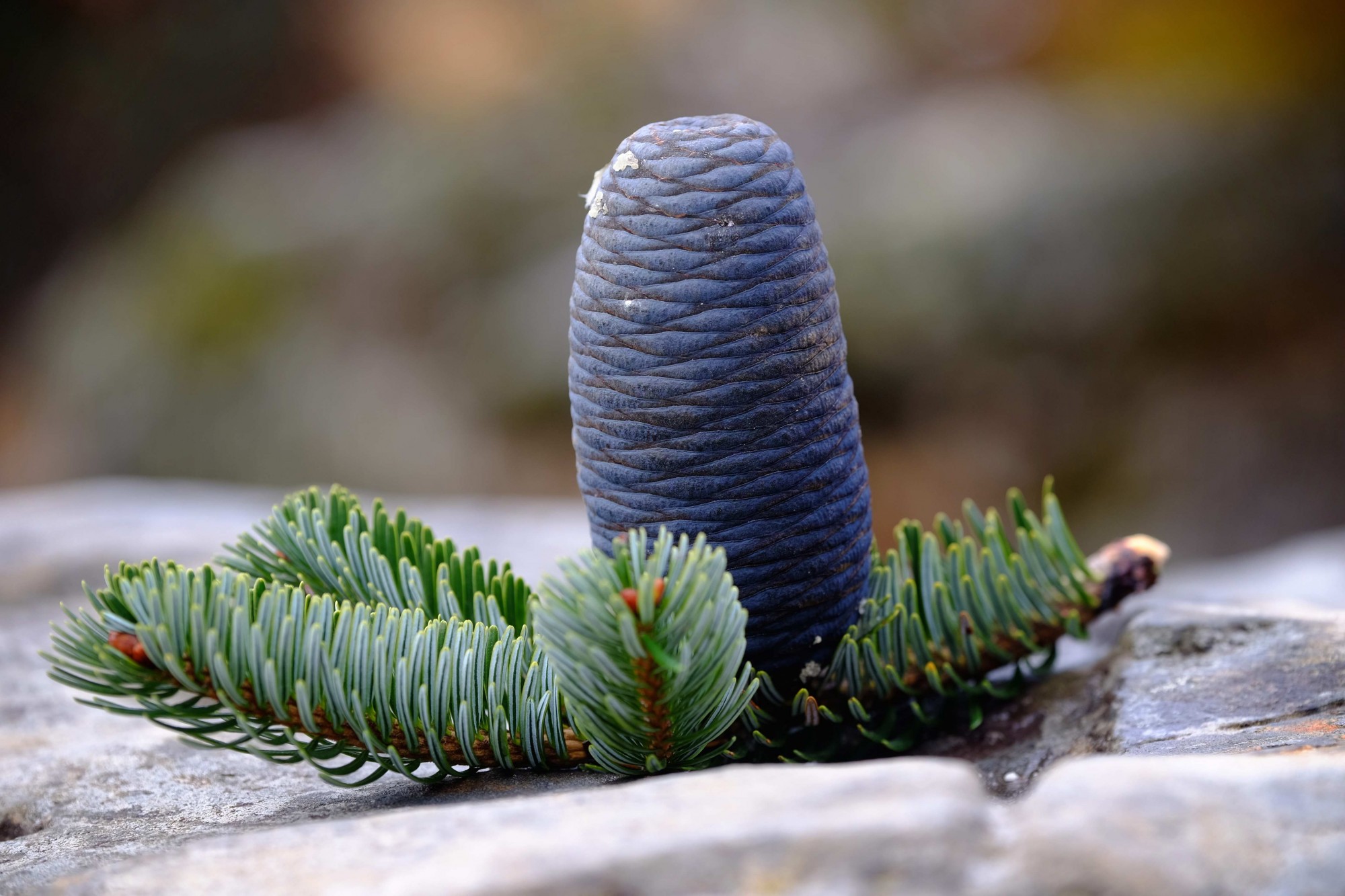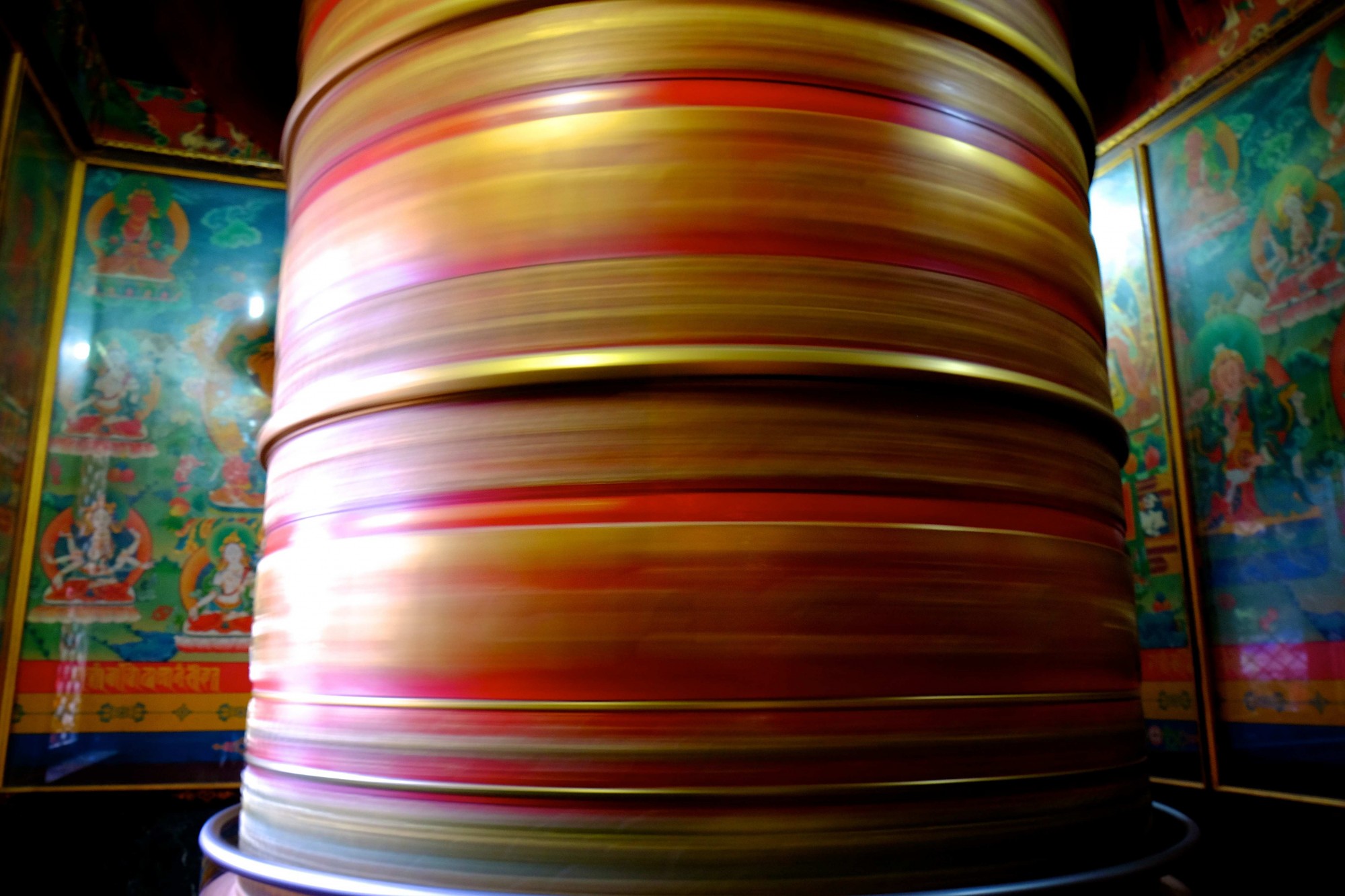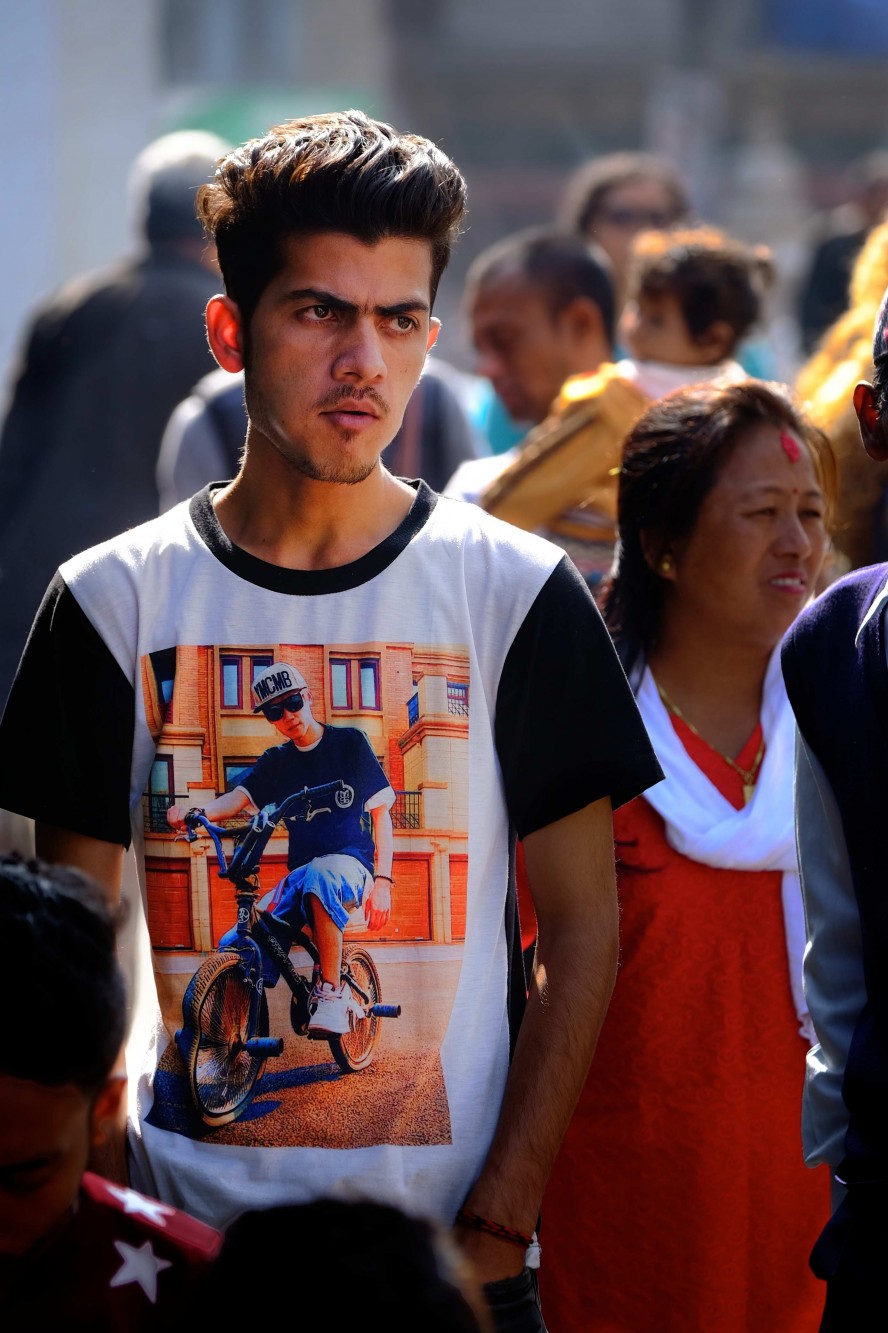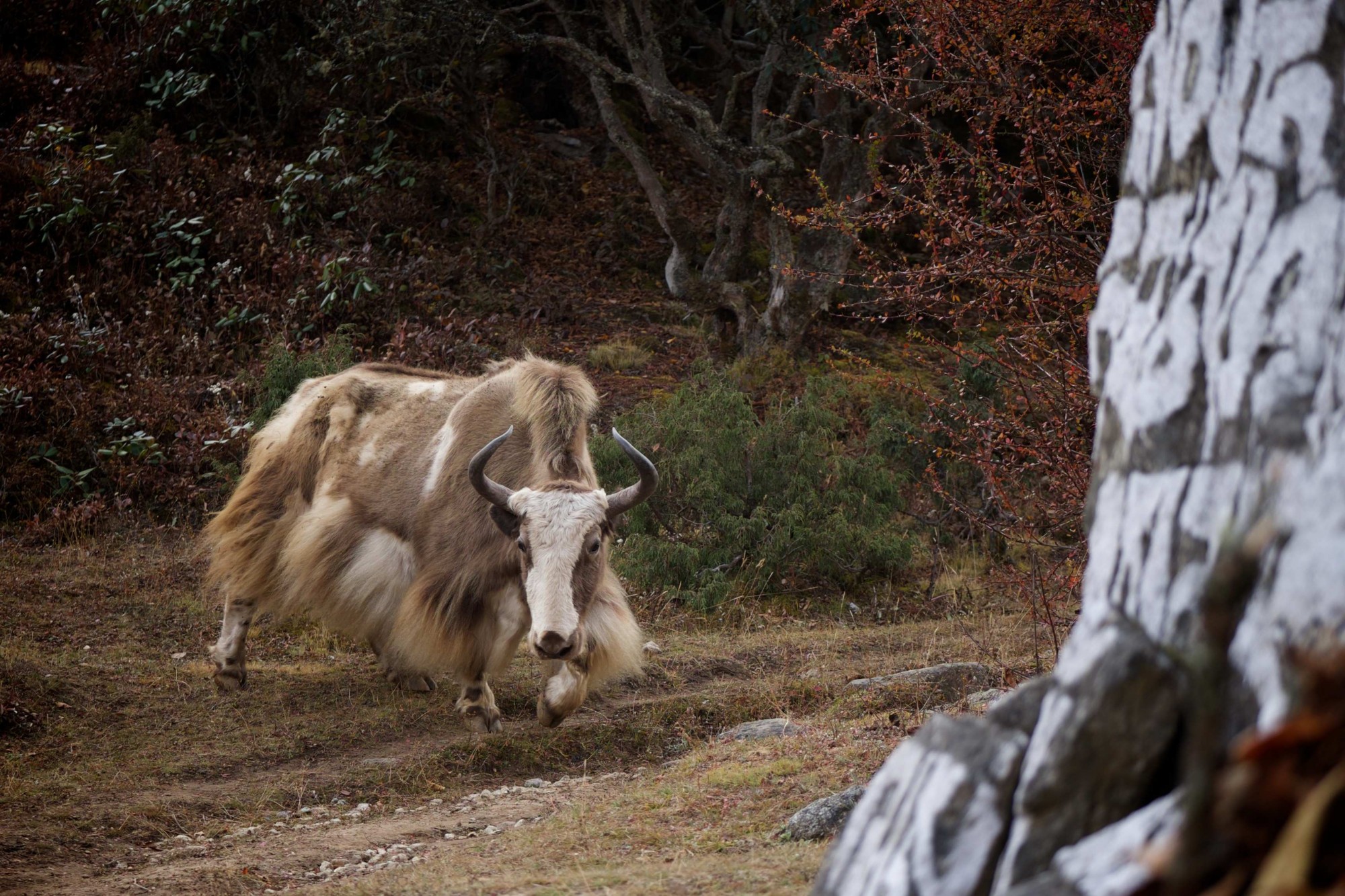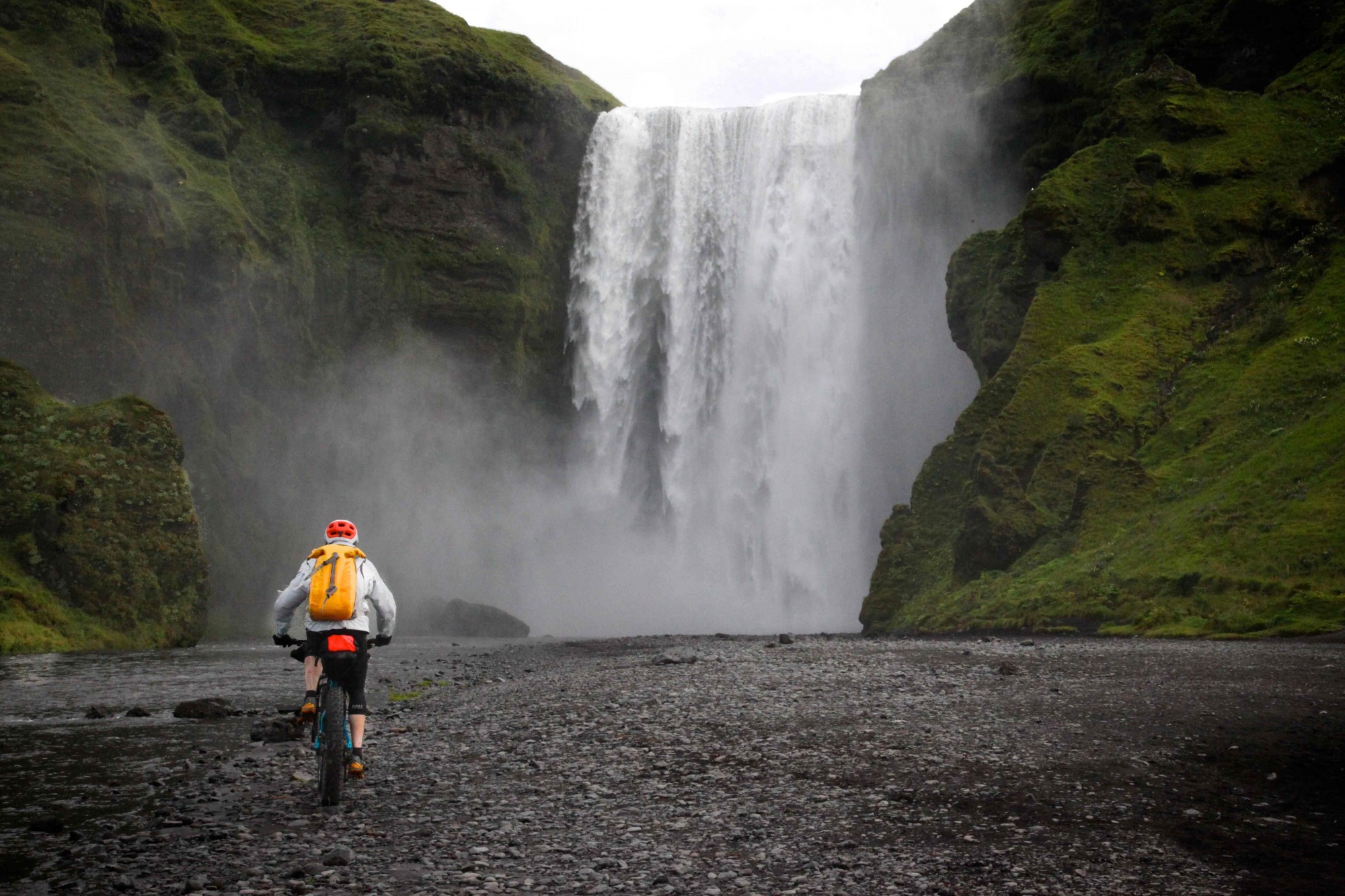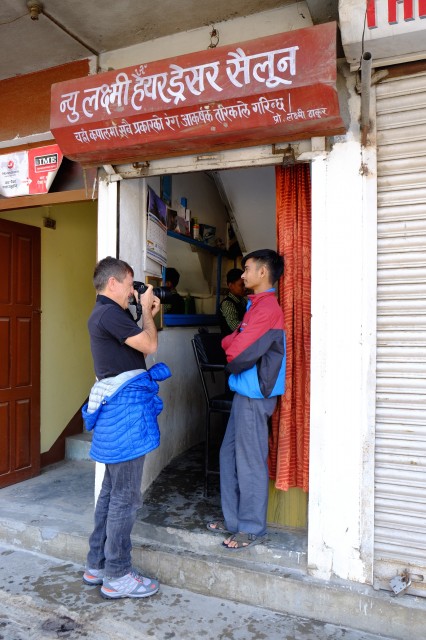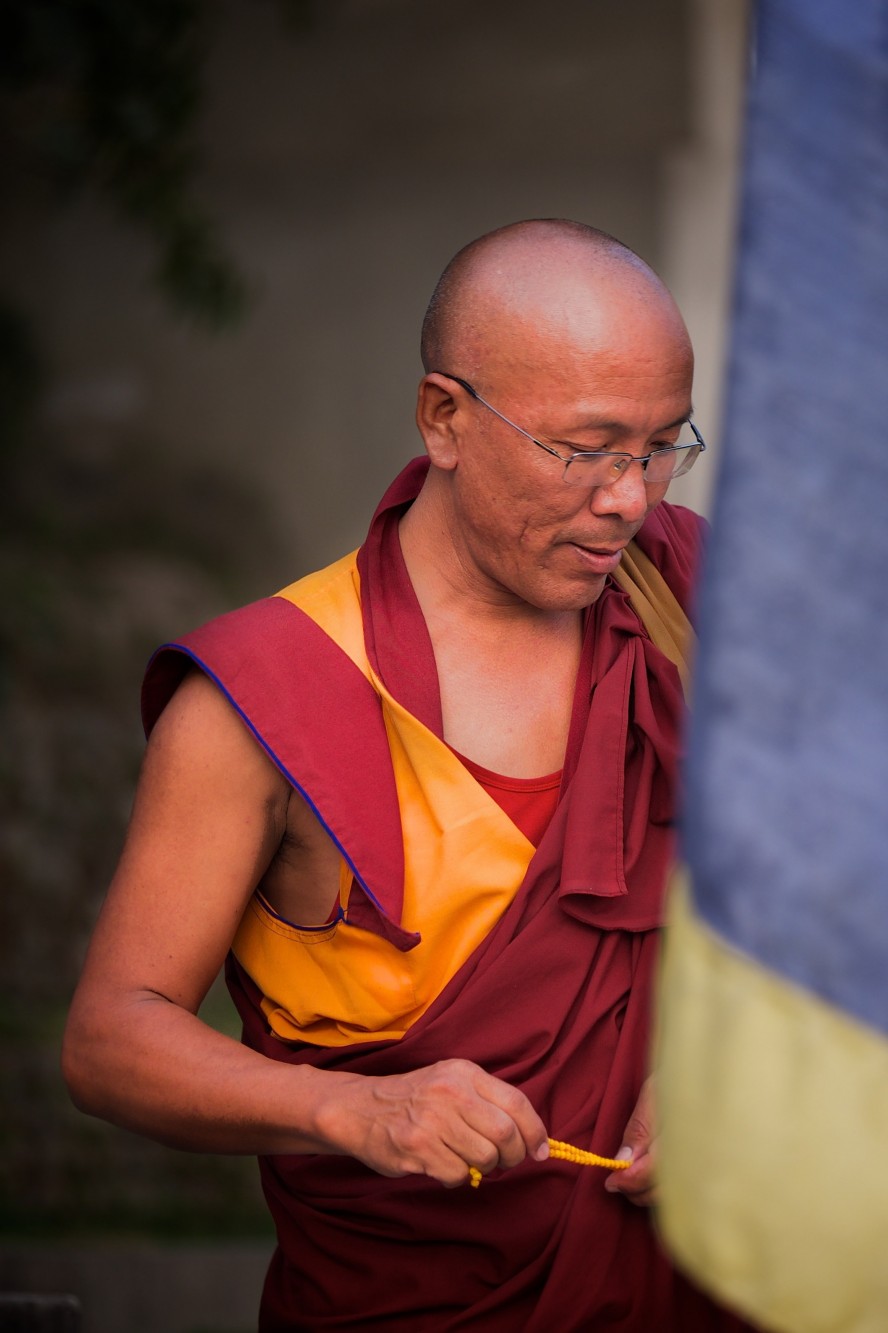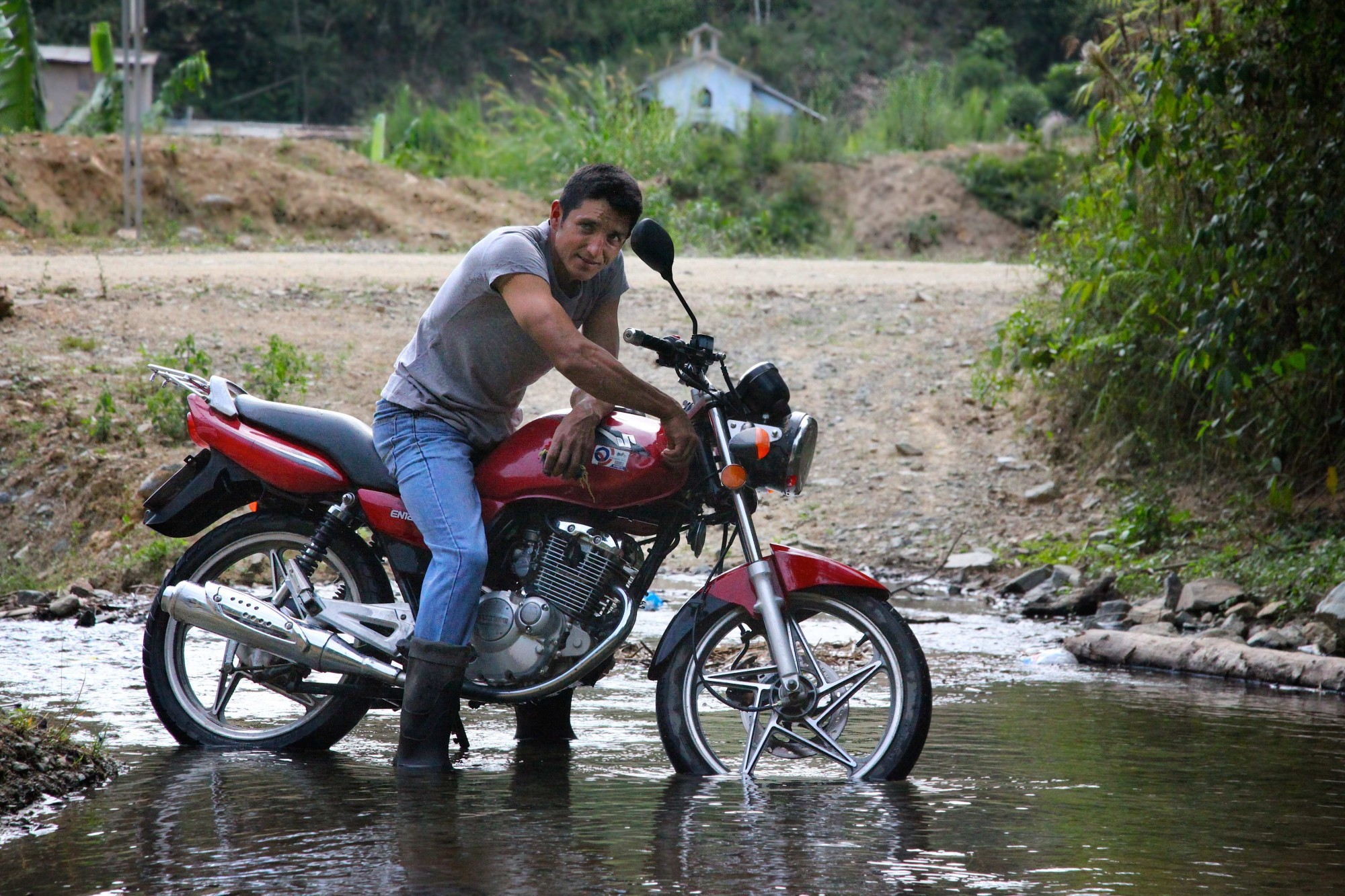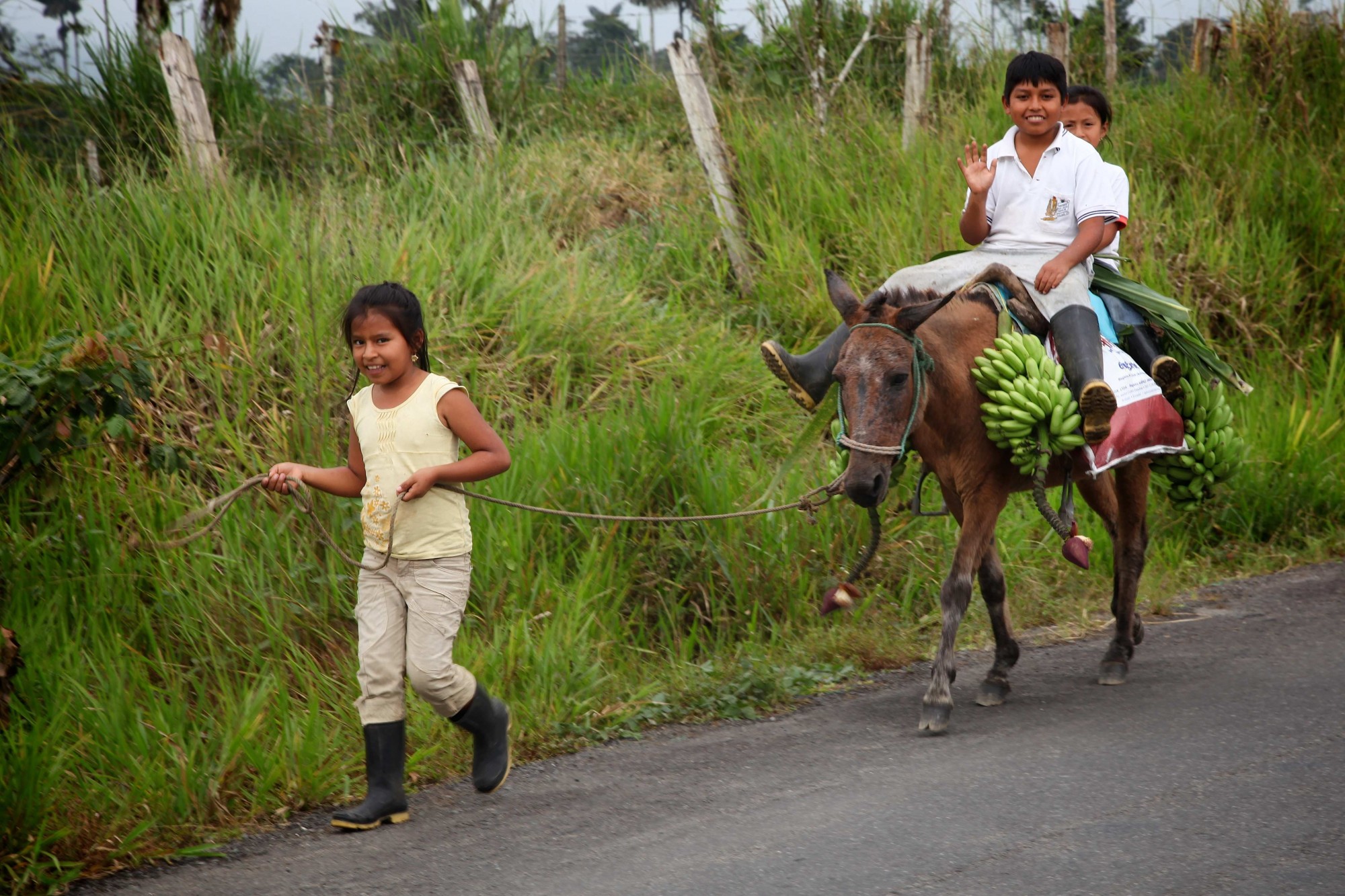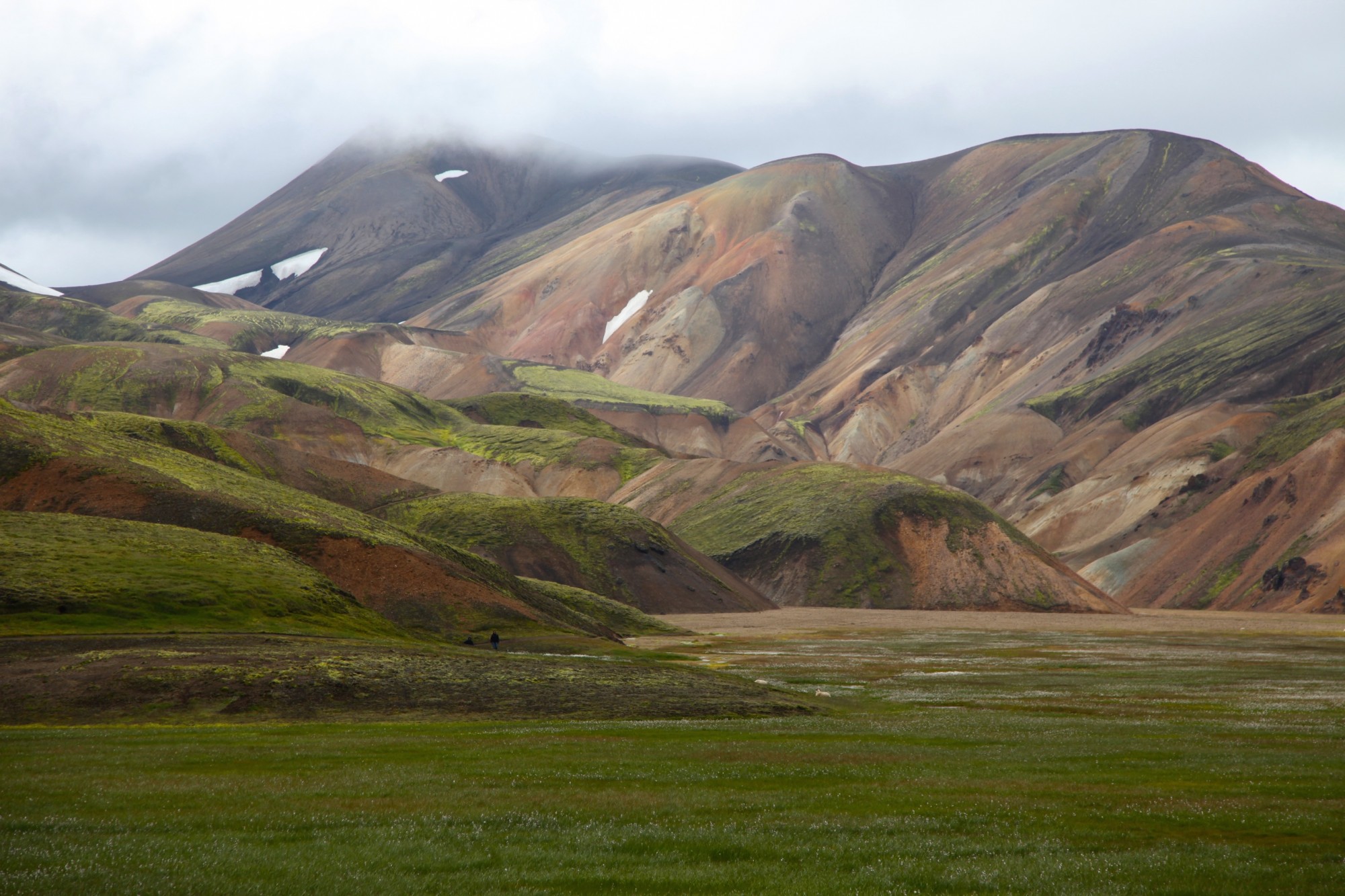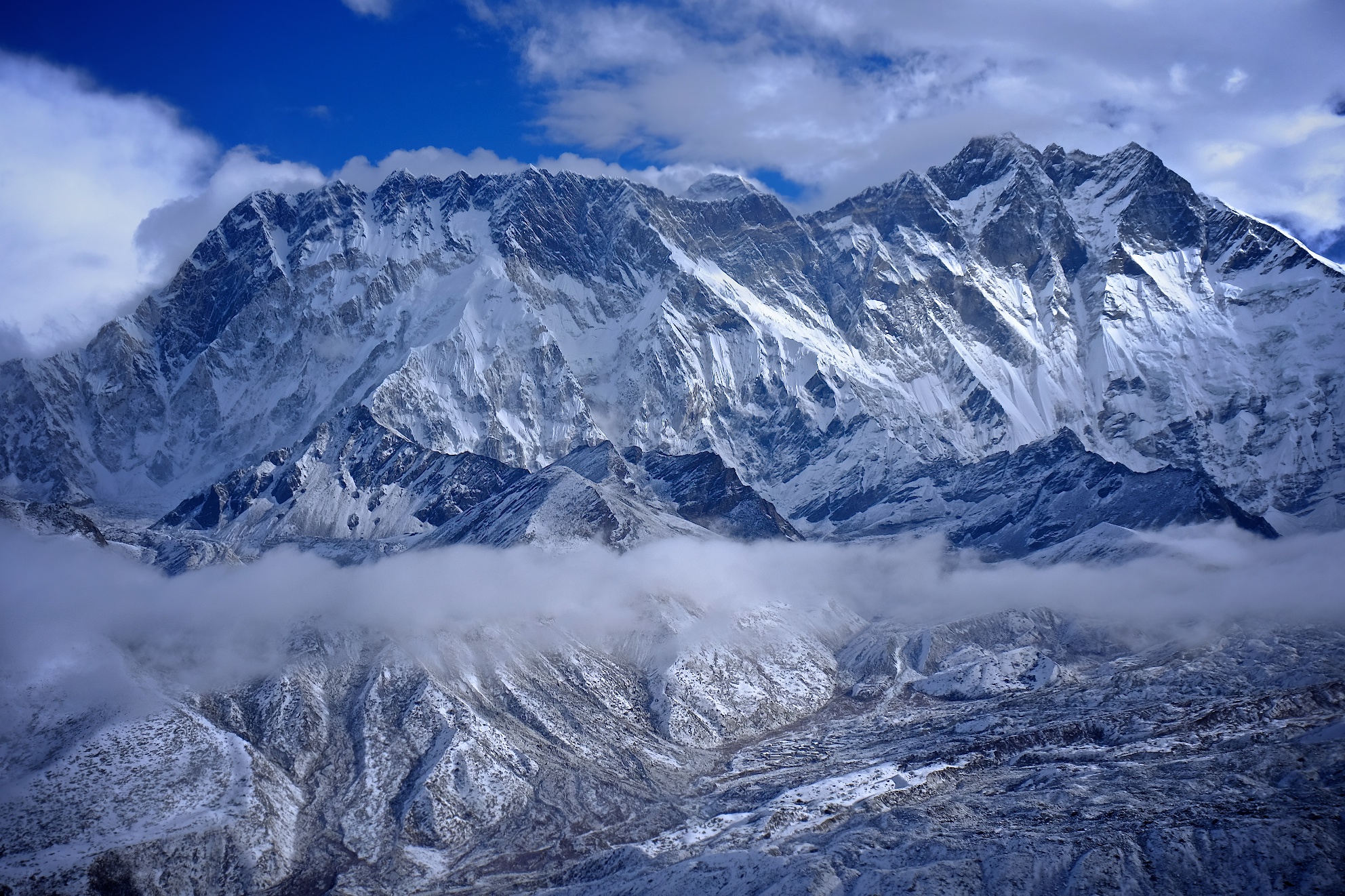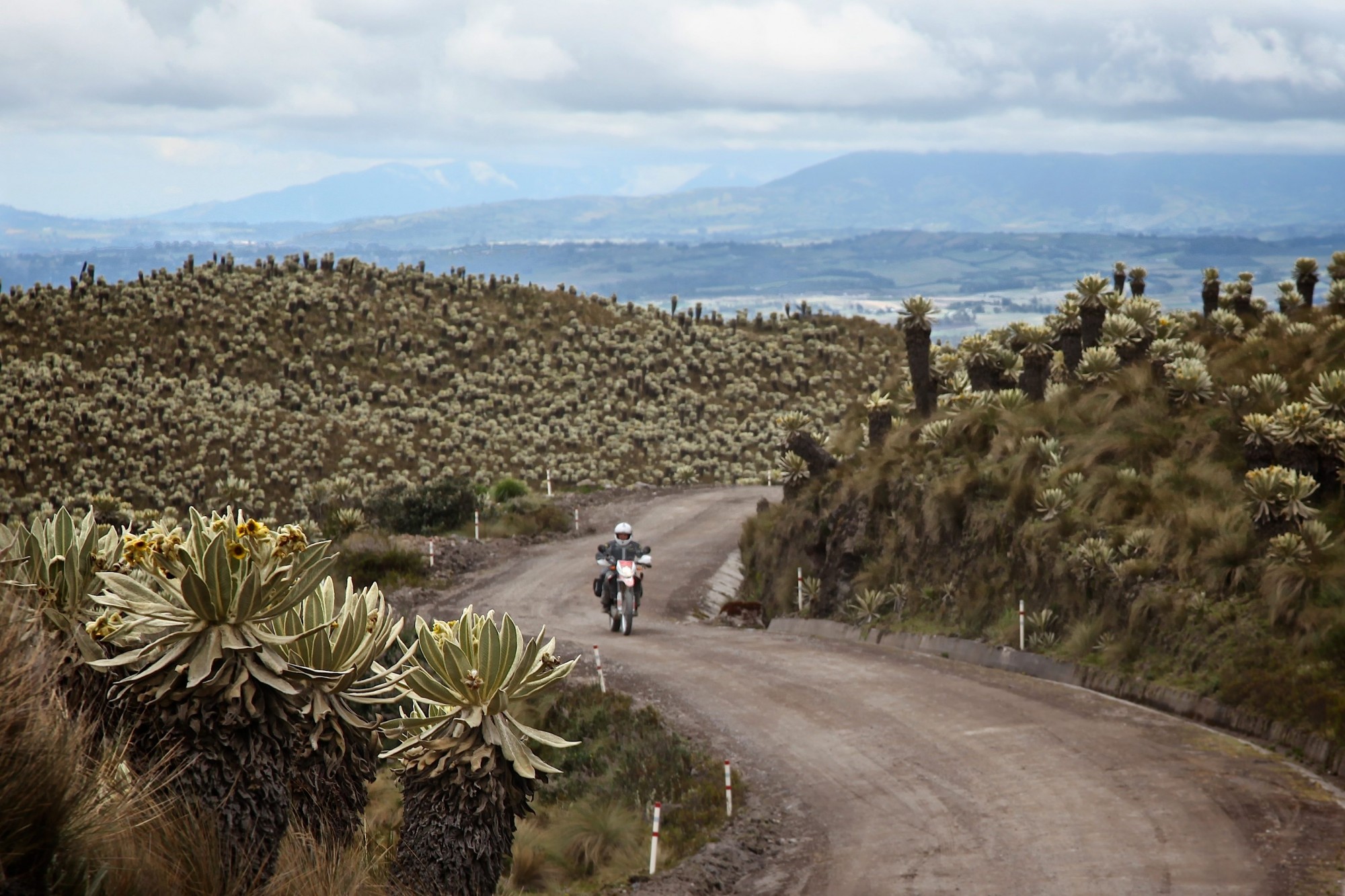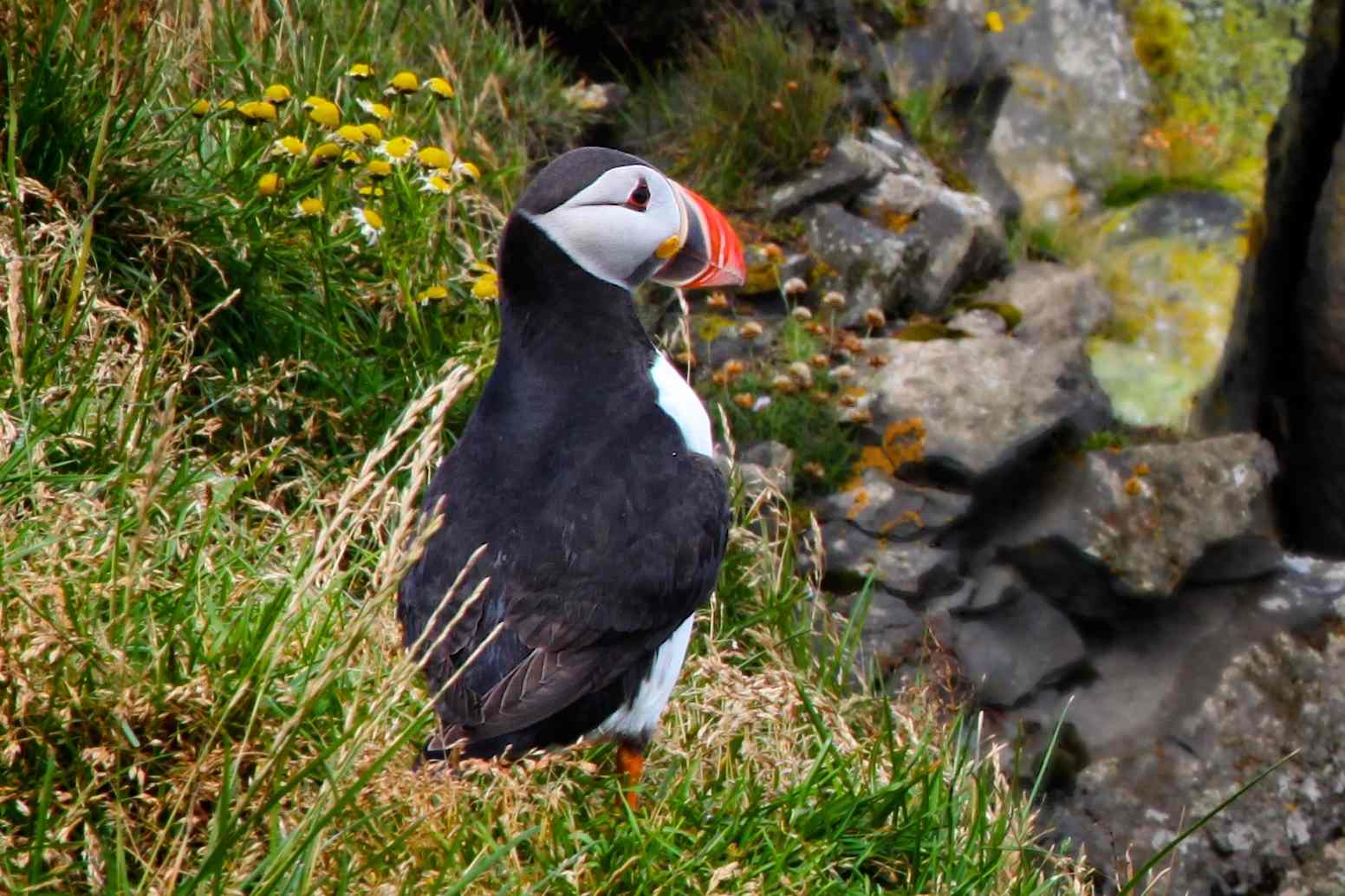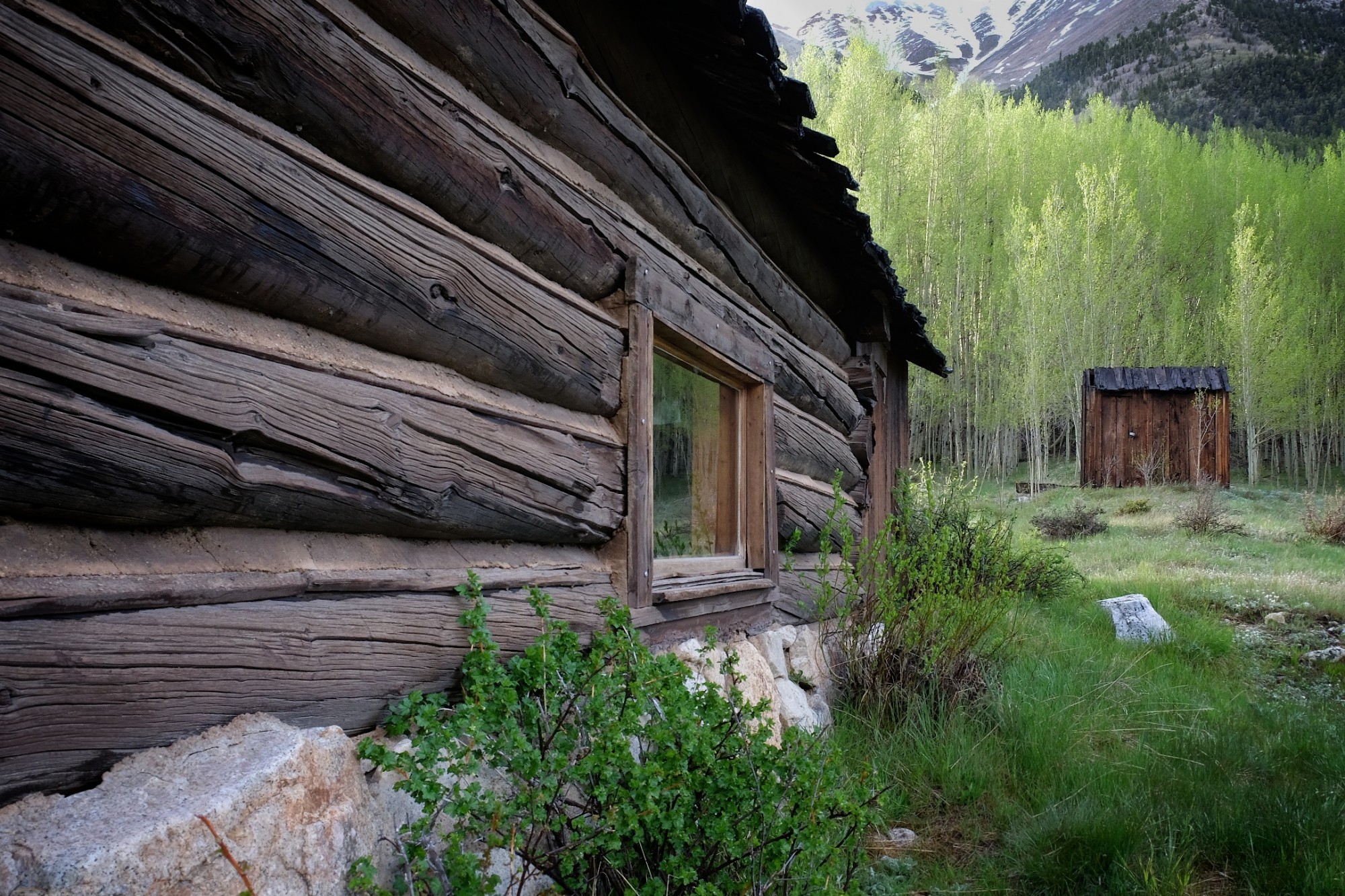As overlanders we embark on our journeys for a number of compelling reasons. For many of us, the visual experience is what inspires us to hit the road in the first place. My passion for imagery has motivated me to take a studious approach to my travel photography and solicit the best advice I can from those with far more experience than I possess. Below are just a few of those tips, many proffered by the likes of Mark Edward Harris, Bruce Dorn, Sinuhe Xavier, and Adrian Marcoux, some of the best shooters ever to look through layers of glass.
(Lead image: Owen Gaddis stops to shoot into the depths of the Khumbu Valley on his trek in Nepal.)
Don’t shoot from six
I have heard Sinuhe give this advice many times. It refers roughly to the height of an average man holding a camera to his face. Perspective is everything, so getting high above, or well below eyeball level can give an otherwise ordinary image a unique angle. Kneel down, stand in a hole if you have to, or hold your camera over your head. That may be all it takes to lend an image fresh perspective.
I placed my camera on a tripod 20 feet below the edge of the road to get a unique view and to remove the ugly road surface from an otherwise beautiful mountainside.
Tell the story with images big and small
Bruce Dorn once edified me on the importance of telling a travel story with images of varied scale. This includes the use of wide sweeping landscapes, medium-range shots with intricate detail, candid portraits, and even macro shots illustrating the most minuscule scenes. When you view your surroundings this is how you digest those visuals. You look out at a mountain range as it stretches out across the horizon. You then study the details of the forest, and then inspect the subtle nuance of a pine cone. Those shots create a composite of images that depict an entire experience.
Mountain scenes of varied scale create a full story and deliver a sense of realism to the experience that a catalog of big landscapes alone could not achieve. Shots big and small are all components to a singular experience or place.
Tell the story with focus
We do it with our eyes every day, but often fail to do it with a lens and camera. When we look at things we often make subconscious efforts to focus our eyes on specific attributes of a given scene. The things we see in the background lend contrast and provide a setting for the focus of our attention. Doing the same with a camera accentuates details and drives the viewer’s eye to the subject you hope to highlight.
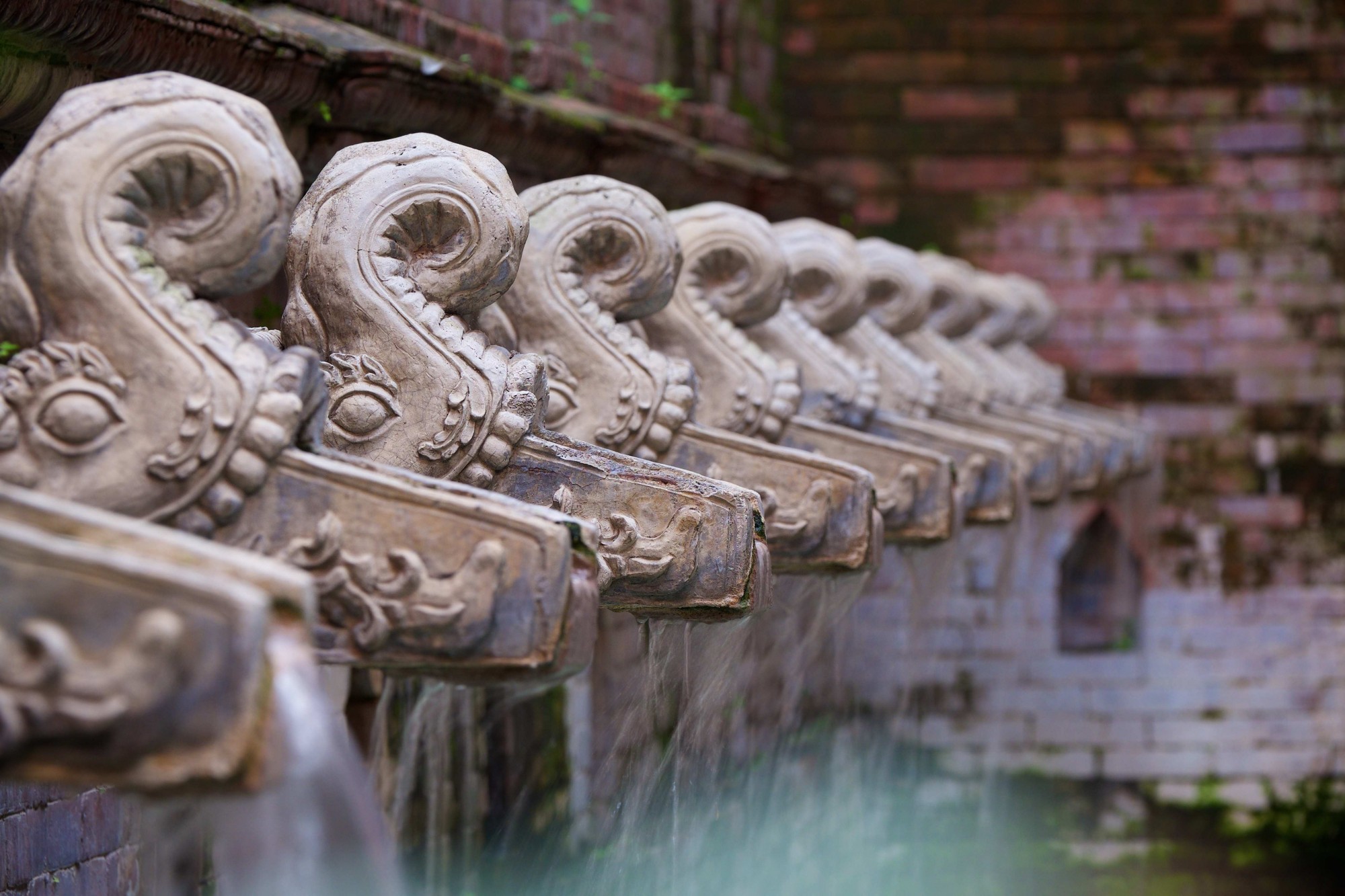
By reducing depth of field, the eye is drawn to the detail of one element of the image.
A slow shutter speed blurred the focus of a rotating prayer wheel giving it a sense of motion.
See the light from every angle
Light is the medium in which photographers create their art. Knowing how to best use light is a life’s work for any shooter, but new photographers tend to under utilize natural light to better their images. Side and back light can be harnessed to produce images with etherial effects. Back light can lend an image dimension and drama. It is a difficult thing to master, but bending light to your creative whim will improve your images over any other skill.
Strong backlight with ample ambient light made this a great image. Without the contrast in light from one side of this face to the other, the image would lose much of its drama.
Any shot is better than no shot
On a recent trekking trip I was just plodding along with my camera banging annoyingly against my chest with every step. Just as I contemplated putting it in my backpack, a beautiful yak stepped out from the cover of a clutch of rodedendrun trees and practically posed for an image, albeit for just a few fleeting seconds. Having a camera at the ready was the difference between a great shot and a fun memory. I now keep a point and shoot, or even my mobile phone, always at the ready. Many of the best shots are chance opportunities. You can’t exploit those moments if you’re not ready for them.
Patience
I had waited years to get the shot. Not the most original image, but I wanted my own picture of the waterfall at Skogar in Iceland. When I finally got there, the scene was perfect save for the three dozen bobble-headed tourists standing in front of it. So, to get the shot I wanted––I waited. I will admit, I waited for a very, very long time, but it was worth it. When the last tourist lumbered out of my frame, after probably a 45 minute wait, I had but to press the shutter once to get my image. If you want it, you’ll wait for it.
If you’ve been here, you know it’s almost always swarming with tourists.
Portraits – the buy in and the long reach
Faces and places are almost universally interlinked. An image of a Buddhist monk most likely places that scene in Asia. A tiny Quichua dancer in a market square can be quickly linked to the Andes of Ecuador or Peru. Portaits are an essential part of any travel story. How you go about getting them can be intimidating. There are those who elect to capture these moments with gigantic lenses from the social safety of 150 feet. Others, like Mark Edward Harris, employ an amiable disposition to get right into the action. He’s able to do so because he has mastered the buy-in and can make even the most reticent participant a willing subject.
If you do snap a pic of a person on the street, you need to pay them something in exchange for having a hulking piece of glass shoved in their face. Pay them some attention, or at the very least––pay them due respect. If you must, pay them a few coins, or a kind gesture. Make them part of the fun of the interaction, not just fodder for a photo.
(left) Mark Edward Harris, one of the best travel photographers in the world, has the ability to bring the action to his lens. He gets some of his best images with an infectious smile and a congenial personality. (right) There are times when a long reach is ideal to preserve the unspoiled and candid nature of a shot.
To get the portrait of this motorcyclists in Ecuador, I had to pay him––but only a compliment. He was so proud of his bike he couldn’t wait to pose with it. When I shot this image of the young kids, I was dressed in full motorcycle gear and looked like a monster. By dancing and looking like a harmless goof, I got them to not only smile, but realize I wasn’t going to abduct them and take them to my spaceship.
Bracket and bracket some more
If you’re not sure how to best capture the moment, try everything. Try a few stops over, maybe a couple under, change your depth of field, recompose the scene and try again. You won’t mind sifting through 50 seemingly random attempts when you get that one shot that nailed it. Sometimes you’ll get lucky and grab the perfect capture with one shot. Many times, the spray and pray method, although not very skillful, gets the job done.
There was precious little light when I took this and getting the exposure I wanted took several attempts.
I had only seconds to get this shot from a helicopter as we flew towards Mount Everest and Lhotse. With the camera lens stuck outside a tiny air vent I couldn’t view my composition. I had to manually bracket for what I hoped was the best exposure. It wasn’t a random range of settings, but let’s just say it was a wide range of parameters to ensure one shot would be a winner. There will never be a chance to replicate this image so racking off several dozen attempts was necessary.
Put the subject within the scene
This is another gem from Sinuhe, and one that has benefited me more than I can remember. Photographs run the risk of representing themselves as very two-dimensional, so finding ways to add depth to an image is often what makes a good shot a great one. This is as much about telling the story through focus as it is about image composition, perspective, and all of the other free tools available to the photographer.
Make a shot list and check it regularly
After a month in Iceland, a land of millions of sheep, I returned with 4,000 images and not a single shot of one of those wooly buggers. Not a big thing, but had I made a shot list of the iconic images of the island, a sheep might have made the list and ended up on my camera. I did have a to-do list of shots that included a puffin. And I got it. I also wanted a shot of the famous Icelandic horses, which I snagged. A shot list is critical to avoiding that dreaded feeling that you made it there and back without the image you hoped you’d get.
(above) I’m always amazed by what a simple wildlife image can do to vaunt the diversity of a catalog of travel shots. (below) On a recent trip to Colorado, we visited several ghost towns and abandoned dwellings. My shot list included reminders to capture scenes that displayed the antiquity of the structures.
Bonus Tips
Back it up or be bummed
You bought all the new gear, paid out the nose for the trip of a lifetime, and because you’re awesome, you took 5,000 perfect photographs. Then, you lost your camera, a camel ate your SD cards, and you have nothing to prove you ever left home save for a gaping hole in your soul and burnt vacation days. Back up your images, and as often as you can.
Hold’er steady
I don’t know how many images I’ve ruined due to slow shutter speeds or a shaky hand. Image stabilization features can only do so much. If you have a chance to, brace your camera against something or bust out that tripod you should have with you. It isn’t feasible with every shot, but there are times when mounting your camera to your sticks is the best way to ensure a precise shot with maximum sharpness. It also forces you to commit to the shot and opens up your creative parameters.
Shoot from the hip
When I’m in certain crowds, sometimes the best shots come when no one is looking. Walking around with a giant tube of glass stuck to your face makes you look a little conspicuous. Sometimes my best shots come from a point and shoot or compact DSLR held at waist level. This guy probably would have recoiled had I poked my long lens into his personal bubble.

A good travel shot is rewarding in ways that defy description. They are moments in time, marked in pixels. To the shooter, they hold profound significance and can transport a traveler back to that time and place. A good capture will never fully encapsulate the experience of being there, but they also help our brains stay connected to those experiences that shaped us through our travels. Just by viewing these shots above, I’m able to remember the sounds, smells, and nuances of the scene, the things that an image sensor can’t record.


